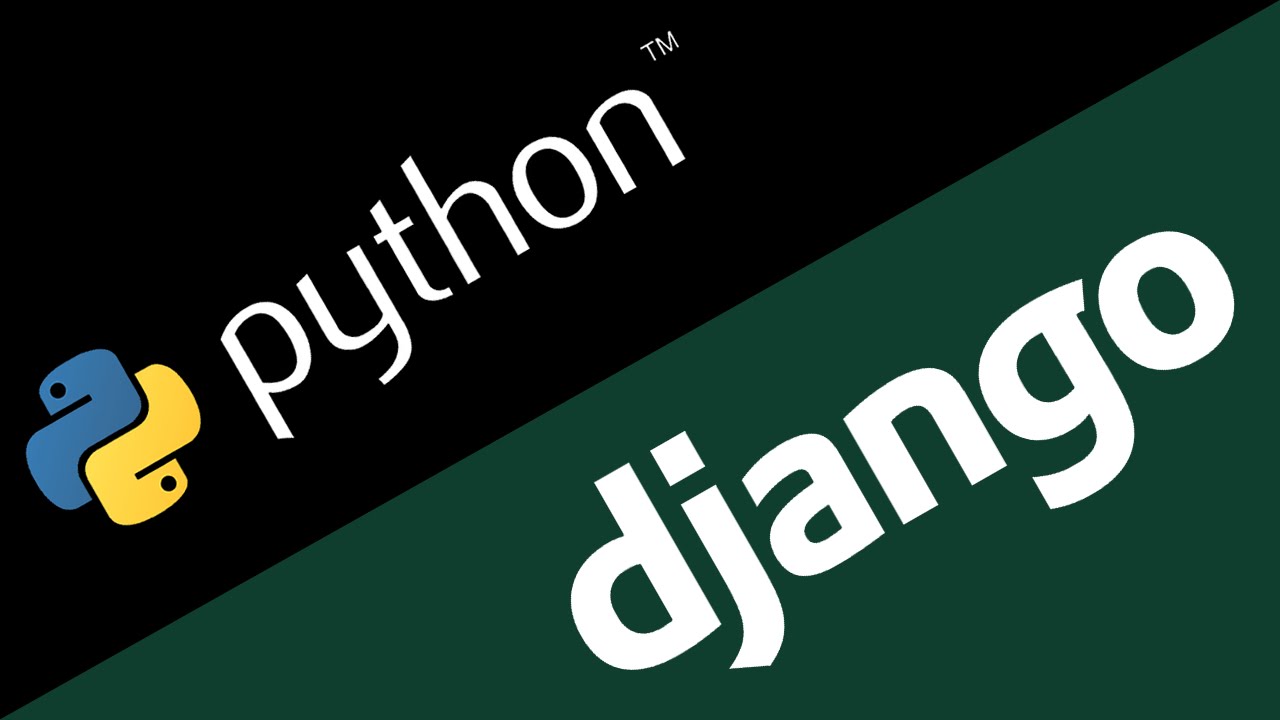
First Meeting With Django
Tomorrow is the day to submit assignments using Django, but I only started taking related lectures today.
Solving the algorithm problem was difficult, but in Django, it felt like the difficulty level suddenly increased.
I was even more confused, perhaps because I thought I had to listen to the lecture quickly.
So far, I’ve only learned about signing up and logging in, but I need to put in more effort tonight.
Below, I wrote down my thoughts and chatGPT on things to keep in mind when learning Django for the first time.
-
Python Knowledge: Ensure you have a good understanding of Python programming, including data structures, object-oriented programming, and basic syntax. Django is built using Python, so a strong foundation in Python is essential.
-
MVC Architecture: Understand the Model-View-Controller (MVC) architectural pattern that Django follows. In Django, it’s referred to as Model-View-Template (MVT), where Models represent your data, Views handle the logic and presentation, and Templates define the HTML structure.
-
Django Documentation: Django has excellent official documentation. Familiarize yourself with it and use it as your primary reference. The documentation covers everything from installation to advanced features.
-
Installation and Setup: Follow the official installation guide for Django. Use a virtual environment to manage project dependencies and isolate your Django projects from each other.
-
Project Structure: Learn the basic structure of a Django project, which includes settings, apps, URLs, and templates. Understanding how these components interact is crucial.
-
Database Configuration: Django supports various databases. Learn how to configure your chosen database and define models to represent your data. Django’s Object-Relational Mapping (ORM) simplifies database interactions.
-
Views and URL Patterns: Comprehend how views and URL patterns work together. Views handle HTTP requests and responses, and URL patterns define how URLs map to views.
-
Templates and HTML/CSS: Learn how to create templates using Django’s template language. It’s important to have a good grasp of HTML and CSS for designing your website.
-
Forms: Understand how to work with Django forms for user input handling and validation. Django provides powerful form-handling capabilities.
-
Authentication and Authorization: Learn how to implement user authentication and authorization using Django’s built-in tools. Security is critical when building web applications.
-
Static and Media Files: Know how to serve static files like CSS, JavaScript, and images. Additionally, understand how to handle user-uploaded media files.
-
Middleware: Familiarize yourself with middleware and how it can be used to process requests and responses globally in your application.
-
Django Admin: Django provides an admin interface for managing your application’s data. Learn how to customize and secure the admin site.
-
Version Control: Use version control systems like Git to track changes in your codebase. This makes collaboration and code management easier.
-
Testing: Learn how to write unit tests and integration tests for your Django application. Testing is crucial for maintaining code quality.
-
Deployment: Understand the process of deploying a Django application to a production server. Consider using deployment tools like Docker, AWS, or Heroku.
-
Security: Pay attention to security best practices, such as protecting against common web vulnerabilities like Cross-Site Scripting (XSS) and Cross-Site Request Forgery (CSRF).
-
Community and Resources: Join the Django community by participating in forums, mailing lists, and attending meetups or conferences. There are many online resources and tutorials available.
-
Projects and Practice: The best way to learn is by doing. Start with small Django projects and gradually work on more complex applications.
-
Stay Updated: Django and web development technologies evolve. Stay updated with the latest Django releases and best practices.
It will be a long journey, but I will have to learn while thinking about the above.